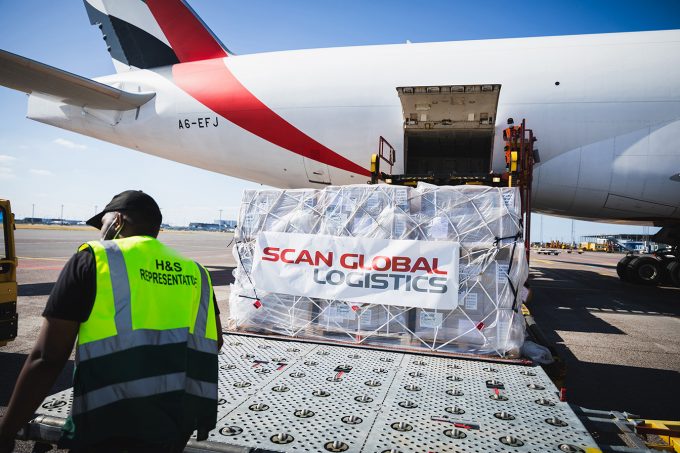Good year for box lines, says Yang Ming chief, but keep an eye on the market
Yang Ming chairman Cheng Cheng-mount said liner operators would not resume Red Sea transits until ...
TFII: SOLID AS USUALMAERSK: WEAKENINGF: FALLING OFF A CLIFFAAPL: 'BOTTLENECK IN MAINLAND CHINA'AAPL: CHINA TRENDSDHL: GROWTH CAPEXR: ANOTHER SOLID DELIVERYMFT: HERE COMES THE FALLDSV: LOOK AT SCHENKER PERFORMANCEUPS: A WAVE OF DOWNGRADES DSV: BARGAIN BINKNX: EARNINGS OUTODFL: RISING AND FALLING AND THEN RISING
TFII: SOLID AS USUALMAERSK: WEAKENINGF: FALLING OFF A CLIFFAAPL: 'BOTTLENECK IN MAINLAND CHINA'AAPL: CHINA TRENDSDHL: GROWTH CAPEXR: ANOTHER SOLID DELIVERYMFT: HERE COMES THE FALLDSV: LOOK AT SCHENKER PERFORMANCEUPS: A WAVE OF DOWNGRADES DSV: BARGAIN BINKNX: EARNINGS OUTODFL: RISING AND FALLING AND THEN RISING

There has been little change this summer in the trends that have dominated the air cargo market for some time: weak demand and overcapacity, leading to a steady decline in rates.
The Baltic Air Index’s (BAI) July readings for Shanghai to Europe and to North America showed a 59% and 46% year-on-year drop, respectively, while for Hong Kong to Europe and to North America, rates fell 43% and 45%, respectively.
Second-quarter trading statements from most forwarders showed double-digit volume declines and yields falling 30% or greater, compounding the prevailing gloom.
However, according to the latest monthly update released by investment bank, Stifel, based on data from the BAI, there may be signs that the market has reached its lowest point, and that a satisfactory end to the year might still be possible.
“This earnings season, there has been a lot of focus on demand. Results have been weaker than expected, volumes softer than expected, and signs of an inflection more difficult to detect than we had anticipated,” said Bruce Chan, director and senior research analyst of global logistics and future mobility at Stifel.
“But based on our conversations with management teams, both public and private, and our channel checks with shippers, that we have seen the bottom.” However, he added: “That bottom may be more of a flat hull than a v-shape, so things are not likely to get much worse from a demand perspective.”
And he warned: “We are modelling conservatively as our base case for peak season later this year. The good news is that the comparison will be easier than it was in 2022 versus 2021. So while absolute freight levels probably will not be much to write home about, even a small holiday pick-up would be an improvement on last year.”
One of the key swing factors this year is likely to be the level of confidence retailers have in consumer demand, and whether they err towards caution when rebuilding stocks, Mr Chan said.
“The situation could change meaningfully as the year progresses, but even as we exit a challenging second quarter, we see green shoots with consumer confidence and inflation abatement, which could swing the balance in favour of a modest peak versus a muted one.”
On the supply front, Mr Chan noted that the market continued to see excess, exacerbated by the influx of belly capacity and added: “There is more capacity yet to come. We believe this dynamic is most prevalent on transpacific lanes, with certain Asian markets having been slower to reopen, and thus slower to normalise on the capacity front.”
He concluded: “We anticipate global cargo market oversupply will linger well into 2024, if not beyond. So any tightening on the rate front will most likely need to come via demand improvement.”
Comment on this article